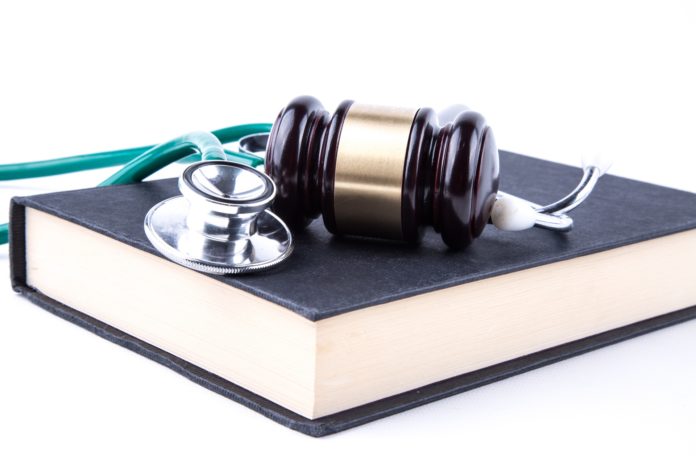The MCI Board of Governors has approved the new curriculum that undergraduate medical students will study from 2019
From the 2019 academic session, medical students in India will study a new curriculum. Finalised by the Medical Council of India Board of Governors last week, the curriculum includes modules on ethics and communication.
This is the first revision of the undergraduate medical curriculum in 21 years. Called the “Competency-based UG Curriculum for the Indian Medical Graduate”, it takes into account ground realities and tries to address the failing doctor patient relationship and lack of trust by underlining the fact that just to treat is not enough; to talk to patients and families through the difficult times of an illness is also very crucial.
A new course “Attitude, Ethics and Communication (AETCOM)” will span several of the undergraduate MBBS years. Students will be marked on how well they communicate with patients, how they counsel families, how many people they manage to convince on organ donation and such “non-medical” parameters. There is also a conscious effort in the new curriculum, sources say, to move away from rote and classroom learning to a patient centric approach.
Students will be marked on how well they communicate with patients, how they counsel families, how many people they manage to convince on organ donation and such “non-medical” parameters
This is in line of the changing face of medical education the world over where classrooms are being replaced by hospitals from the first year of medical education.
Students will start getting clinical exposure from the first year itself in the new UG curriculum in India too. There is also a month long foundation course so that students cope better. There are also elective subjects.
“The new UG curriculum regulations are more learner-centric, patient-centric, gender-sensitive, outcome-oriented and environment appropriate. The result is an outcome-driven curriculum which conforms to global trends,” says the introduction to the curriculum.
It adopts a more integrated approach, allowing for both horizontal and vertical integration. There is a lot of use of skill lab and simulations to ensure that students make the best use of available technology and internalise the importance of patient care right from the first year of medical education instead of getting bogged down by textbooks.


